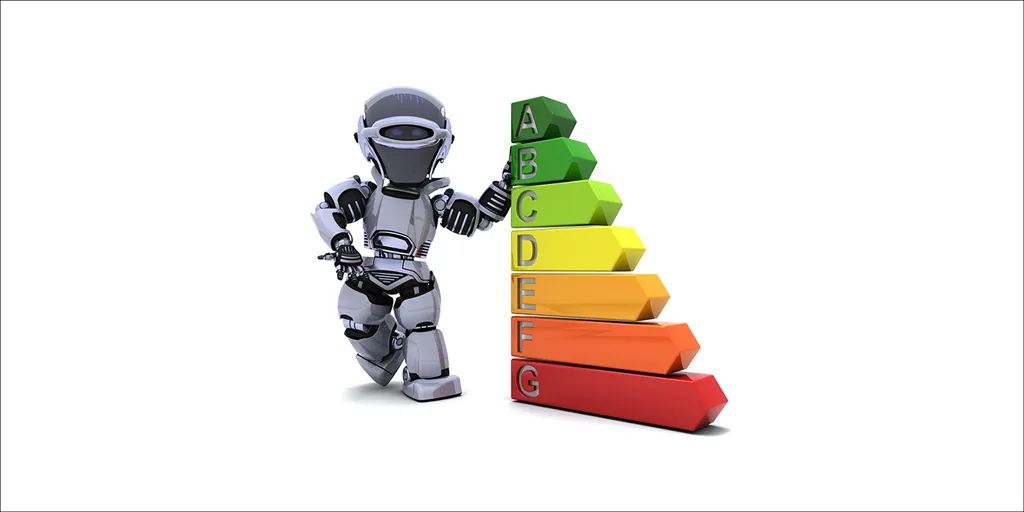1 min read
How much electricity does an Industrial Robot consume?
 Markus Mayr
:
Feb 3, 2023 9:40:00 AM
Markus Mayr
:
Feb 3, 2023 9:40:00 AM

Given the rapidly increasing electricity costs, companies are currently carefully considering which areas to invest in. In this context, the energy balance of automation proves to be highly profitable in elevating production to a sustainable level. Industrial robots are far from being power guzzlers, as is evident, not least, when compared with typical household appliances.
How has the electricity price for industry developed?
The European industry is grappling with rising energy prices, and an end to this situation is currently not foreseeable. Not only is the ongoing gas crisis contributing to high electricity costs, but levies, taxes, and transportation also significantly impact expenses. Furthermore, due to maintenance reasons, French nuclear power plants are currently offline, inevitably leading to higher production costs. In Germany, the average electricity price for businesses increased from 21 to 55 cents per kWh between 2021 and 2022 – a rise of 160 percent.
It is understandable that the manufacturing sector is therefore hesitant about larger investments, especially if they lead to additional electricity consumption. This also applies to automation with industrial robots. However, upon closer examination of their electricity consumption, it becomes clear: Today's robots no longer have to be power guzzlers.
How much electricity does an industrial robot consume per day and per month?
Depending on their reach and payload, they operate with a consumption ranging from 0.25 to 0.5 kilowatts. For comparison: a kettle runs on 0.6 to 3 kW depending on the model, and a hairdryer operates with 1.0 to 2.0 kW of power.
Especially modern industrial robots are designed in their construction and drive technology to work efficiently. At a price of 55 cents per kilowatt-hour (kWh), companies can already use their robot – depending on its size – for as low as 1.10 to 2.20 euros per 8-hour shift. Translated into a practical example, such as automation with a robot in a 2-shift operation, the monthly costs amount to only 44 to 88 euros.
How do robots compare to household appliances?
A typical German household spends an average of about 100 kWh or 40 euros per month on the four largest electricity consumers (electric stove, refrigerator, washing machine, and television). A single cycle of the washing machine alone costs between 30 and 80 cents depending on the model and temperature, given current energy prices. For those who use a hairdryer for ten minutes daily, they can expect monthly costs of 25 to 50 euros.
It is evident: Companies looking to prepare for the future with automated production need not fear skyrocketing electricity costs.